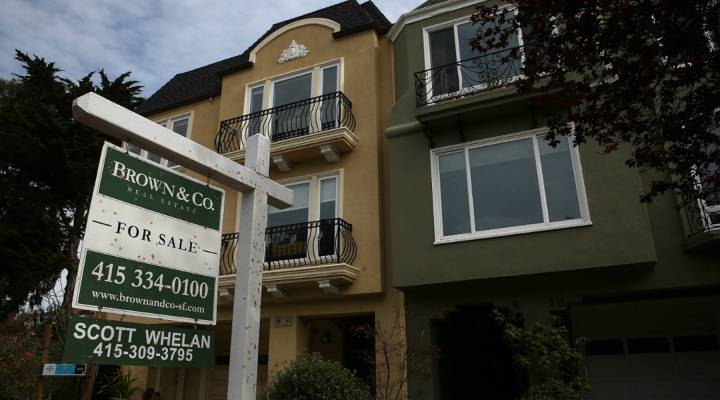
New home sales up, existing home sales down

Late August has delivered a mixed picture on the U.S. housing market, seven years after the Great Recession ended and a long, slow economic recovery began.
New home sales in July were reported at an annual rate of 654,000 units, up 12.4 percent from the previous month, and up 31.3 percent from July 2015, to the highest rate since 2007.
Existing home sales, meanwhile, fell 3.2 percent in July, to an annual rate of 5.39 million units—below the rate of one year ago. That monthly decline, however, came after sales hit a nine-year high in June.
One major factor holding back existing home sales at this point is lack of supply. After the housing crash, many homeowners were underwater and couldn’t afford to put their homes on the market. Banks have been stuck with rundown foreclosed properties on their books that they have been slow to prepare for market. Builders, meanwhile, were badly burned in the crash, and have been cautious about breaking ground on new homes—especially in the form of large suburban and ex-urban developments of lower-priced starter homes.
Lawrence Yun, chief economist at the National Association of Realtors, said that the inventory squeeze in housing supply has been building for years.
“Lack of inventory is pushing up home prices much faster than people’s income growth—about twice as fast—and now is creating affordability challenges,” Yun said.
Builders, meanwhile, increasingly see opportunity in the economy. The job market and consumers’ household finances continue to improve, mortgage rates remain near historic lows, and the tight inventory of existing homes for sale generates ever-more pent-up demand for new starter homes, and more expensive trade-up homes.
Ken Johnson, global research analyst at Wells Fargo Investment Institute, said that rising new-home sales, and increasingly upbeat sentiment revealed in surveys of builders, suggest that the overall housing market is poised to strengthen.
“We do expect housing to pick up,” said Johnson, “to see more demand for homes, more sales.”
Johnson believes economic and social factors will eventually push younger consumers to consider buying homes or condos. Right now, the homeownership rate is at a 50-year low, and people in their 20s and 30s have taken on homeownership at lower levels than their predecessors among Boomers and Gen-Xers.
“Student loans and other debt is hindering them from going out and purchasing homes,” said Johnson. “But the economy and job market are improving—that will help increase their confidence. And rental prices have been skyrocketing everywhere.”
Johnson predicts that will “give Millennials that nudge” to consider homeownership.
There’s a lot happening in the world. Through it all, Marketplace is here for you.
You rely on Marketplace to break down the world’s events and tell you how it affects you in a fact-based, approachable way. We rely on your financial support to keep making that possible.
Your donation today powers the independent journalism that you rely on. For just $5/month, you can help sustain Marketplace so we can keep reporting on the things that matter to you.












